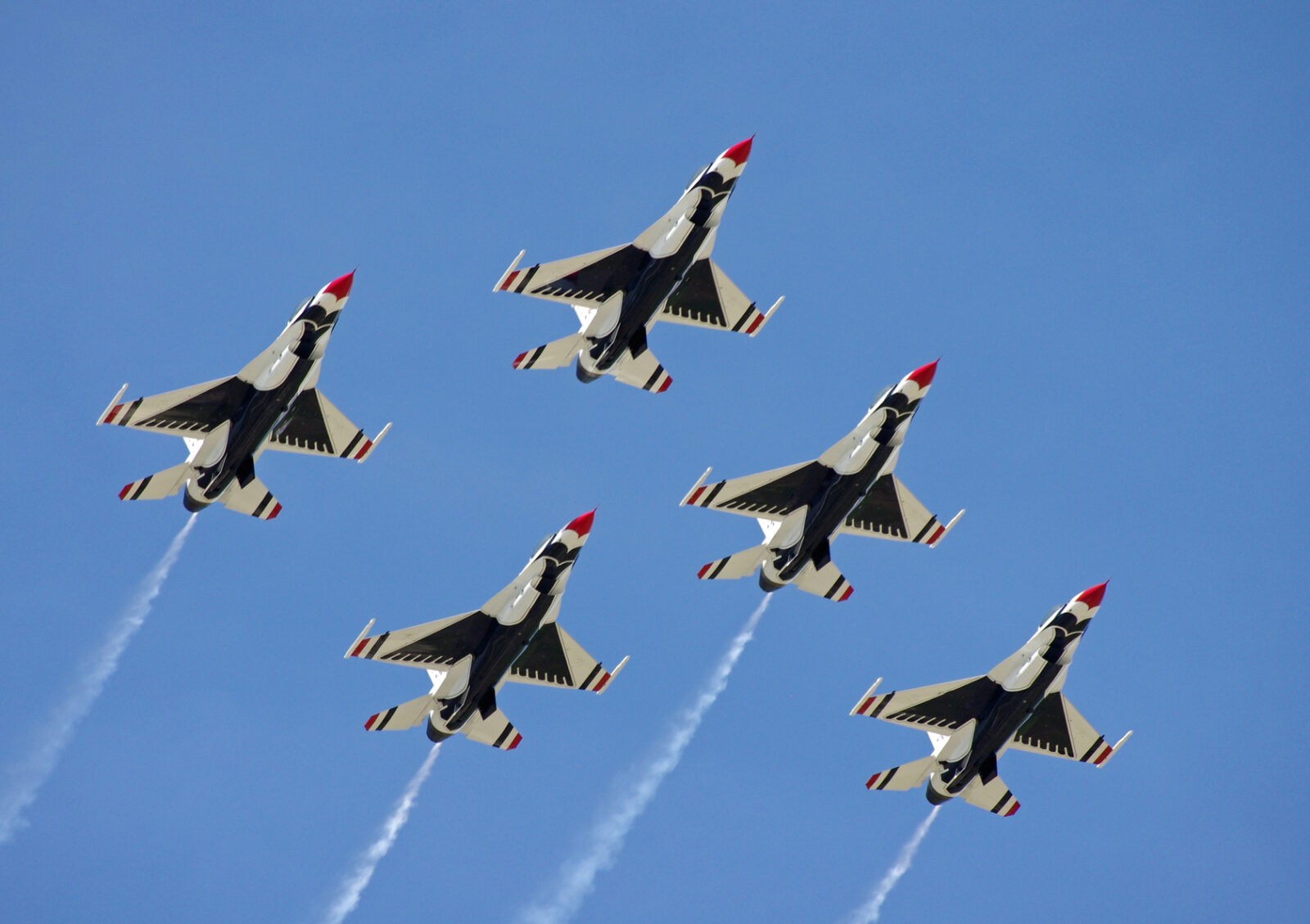December 5, 2013
Private: Protesting Outside Military Bases
Erwin Chemerinsky, United States v. Apel

by Erwin Chemerinsky, Dean and Distinguished Professor of Law, Raymond Pryke Professor of First Amendment Law and ACS Faculty Advisor, University of California, Irvine School of Law
United States v. Apel, which I argued in the Supreme Court on December 4, involves the right to protest outside of a closed military base. Vandenberg Air Force Base, located in California, is surrounded by a fenced perimeter and entering requires going through a gate with an armed guard. About two hundred yards from the perimeter the military has painted a green line on the ground. Just outside this green line is Highway 1, Pacific Coast Highway. The military has given an easement to California for Highway 1, which is a fully open road with no signs to even indicate that it is part of the base. On the edge of Highway 1, on the public side of the green line, there is a designated protest zone.
My client, Dennis Apel, has been protesting outside of Vandenberg Air Force Base for the last 17 years. In 2003, right before the Iraq war, he threw blood against the wall, just inside the green line, which says, “Vandenberg Air Force Base.” He was convicted of vandalism and spent a short time in jail. He was issued a bar order keeping him from the base. In 2007, he went into the base in violation of his bar letter and was given a letter permanently barring him from entering Vandenberg.
On several occasions in 2010, he went to protest at Vandenberg. He always stayed on the public side of the green line in the public protest area on Highway 1. Military officials said that he was on base property in violation of the bar letter and ordered him to leave; when he refused he was prosecuted and convicted for violating 18 U.S.C. §1382, which prohibits entering a military base after a person has been barred.
The United States Court of Appeals for the Ninth Circuit reversed his conviction holding that §1382 applies only if the United States has exclusive possession of the area. This is in accord with the approach followed for decades, in the Ninth Circuit and courts throughout the country.
The United States government sought certiorari and argued that §1382 applies to all of the area owned by the United States and that national security was jeopardized by the Ninth Circuit’s approach. There were two questions before the Supreme Court: first, does §1382 apply to this public protest zone? Second, if so, does the First Amendment protect a right to engage in peaceful protest?
From the outset, I believed that it was important for the Court to perceive this as a free speech case. In my brief, the first issue stated concerns the First Amendment and that is the first part of the brief. I began my oral argument by saying that this case is about the right to peacefully protest on a fully open public road in an area designated as a protest zone.
In part, I stressed this because there is a case exactly on point: Flower v. United States (1972). In Flower, an individual had been convicted under §1382 for entering a military base to distribute leaflets on a road that had been opened to the public. The Court said that the First Amendment protected the right to speak on a road that was fully open, even though it was on a military base. In Apel, it is even more clearly a fully open public road and, in fact, is outside of the closed base.
At the beginning of the oral argument, Justice Ginsburg asked the attorney for the United States, Assistant to the Solicitor General Benjamin Horwich, how the Court could rule in his favor without overruling Flower. On the other hand, other justices clearly did not want to discuss the First Amendment issue. At one point, Justice Scalia said to me that it was not in the questions presented. I explained that under long-standing Supreme Court precedent, a respondent may raise any issue to support the judgment that was raised below. He raised the First Amendment in both the district court and the court of appeals. Also, the Court must interpret statutes to avoid constitutional doubts. Justice Scalia’s response was, “But we don’t have to listen.”
Most of the oral argument focused on the statutory question and the meaning of “military installation” within §1382. The government wants to define it broadly as essentially being all of the land owned by the United States, whereas I sought to define it narrowly as that where there is exclusive government possession. Justices, in their questions, identified problems with each approach.
As always, the argument was an intense experience. I rarely could say more than a sentence or two before the next question came from a different justice. It is exhilarating to argue in the majestic courtroom in front of superbly prepared jurists, but frustrating to not get a chance to really answer any question before the next one comes.
To me, Apel is important because it is about free speech and military protests. Military bases are uniquely important as a place to protest the military’s activities. A public road outside of a closed military base, especially in a designated protest zone, is a place where all should be able to peacefully protest.




